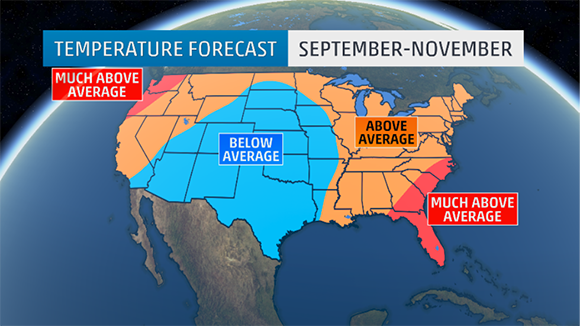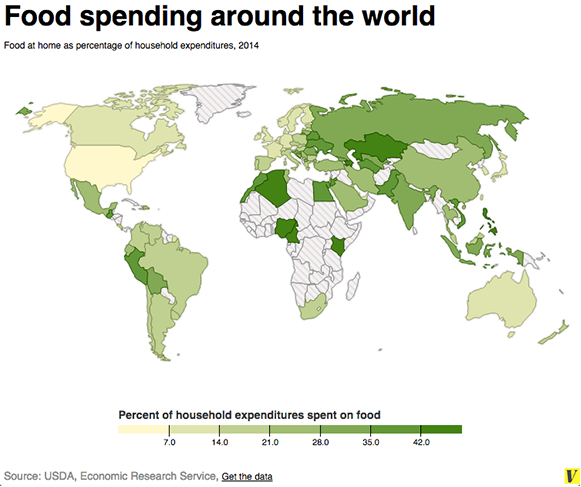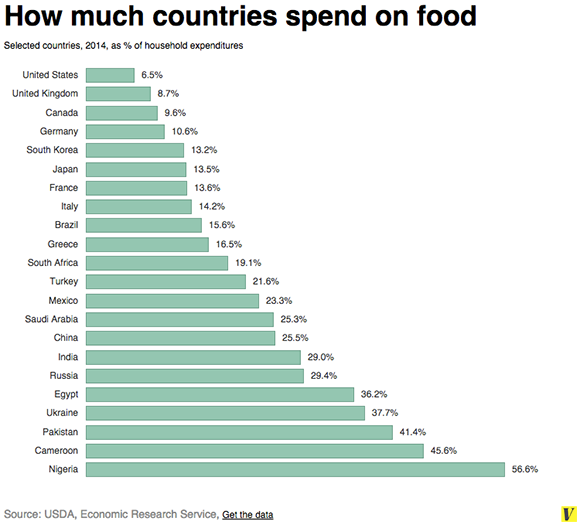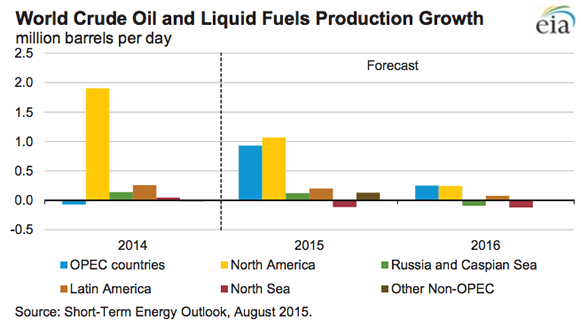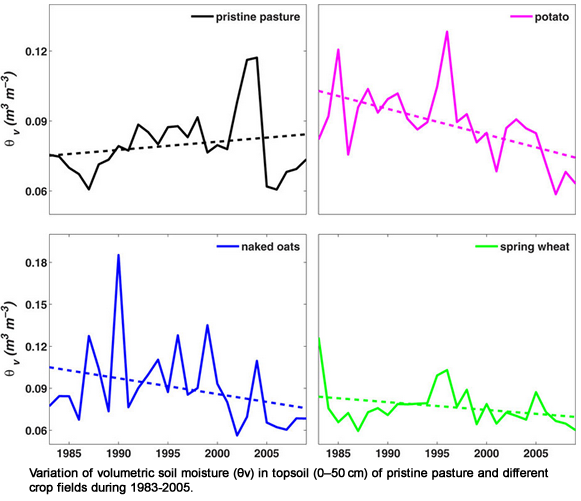Harvest Temperature Forecast Released:
The Weather Channel Professional Division released their temperature forecast for the next three months from September through November. Overall, the East can expect temperatures to be warmer than average, while much of the Plains and parts of the Southwest will see a greater chance of cooler than average temperatures.
